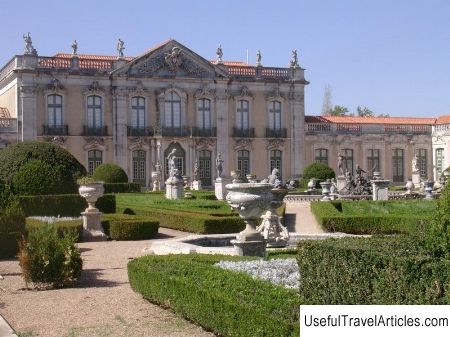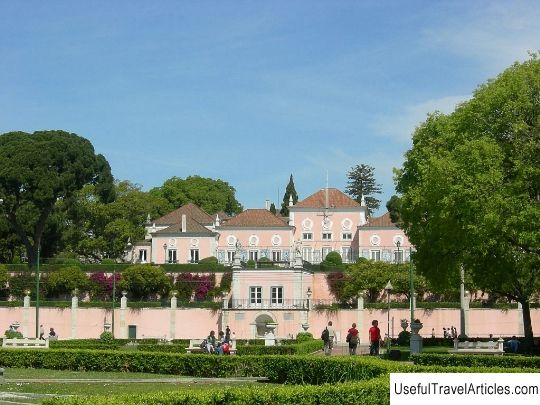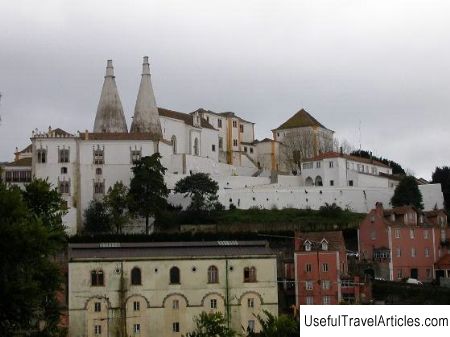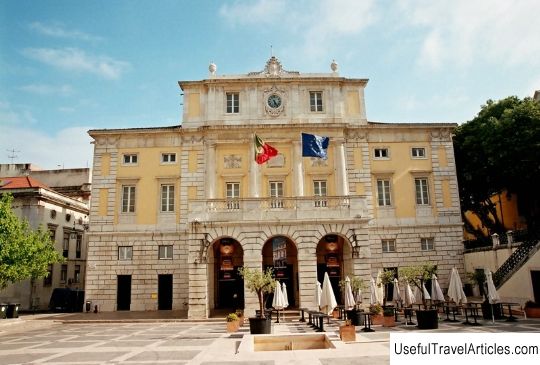Palacio Nacional da Ajuda description and photos - Portugal: Lisbon
Rating: 8,3/10 (2434 votes) 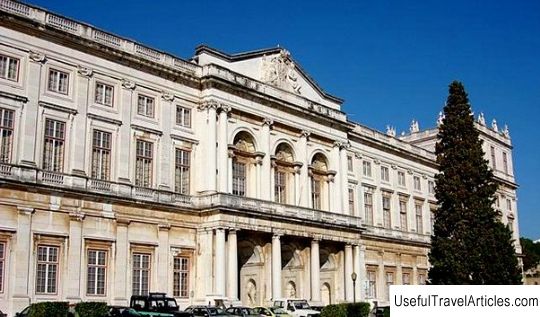
Palacio Nacional da Ajuda description and photos - Portugal: Lisbon. Detailed information about the attraction. Description, photographs and a map showing the nearest significant objects. The title in English is Palacio Nacional da Ajuda. Photo and DescriptionOriginally, on the site of the Ajuda Palace, there was a wooden building built for the royal family, who decided to move here after the earthquake in 1755. This building was also called the "Royal Shack" or "Wooden Palace". A fire destroyed it in 1795 and a stone palace was erected in its place. The building began to be built under the direction of the architect Manuel Sitano de Souza, who planned to make it in the late Baroque - Rococo style. A little later, the construction was continued by the architects Jose da Costa and Francisco Xavier Fabri, but the building was already being built in the neoclassical style. Construction continued until 1807 and was never completed. The palace was captured by Napoleon's troops, and the royal family was forced to leave Portugal and take refuge in Brazil. Construction proceeded slowly, stopped in places, the appearance of the palace changed due to the fact that at each stage of construction there was a different architect. In 1826, the palace again became a royal residence. In 1910, the palace was closed after the proclamation of the Republic and opened as a museum in 1968. The museum houses a magnificent collection of art from the 15th to the 20th century. The halls of the palace are decorated with Louis XV style furniture, tapestries and statues. The palace contains many extravagant decorative arts. This abundance of luxury was the result of unprecedented wealth in the 18th century, when diamonds were first discovered in Brazil. The Winter Garden, the Ballroom, the Ambassador's room, as well as the Banquet and Throne Halls amaze with their splendor.
       We also recommend reading Laceno description and photos - Italy: Campania Topic: Palacio Nacional da Ajuda description and photos - Portugal: Lisbon. |
